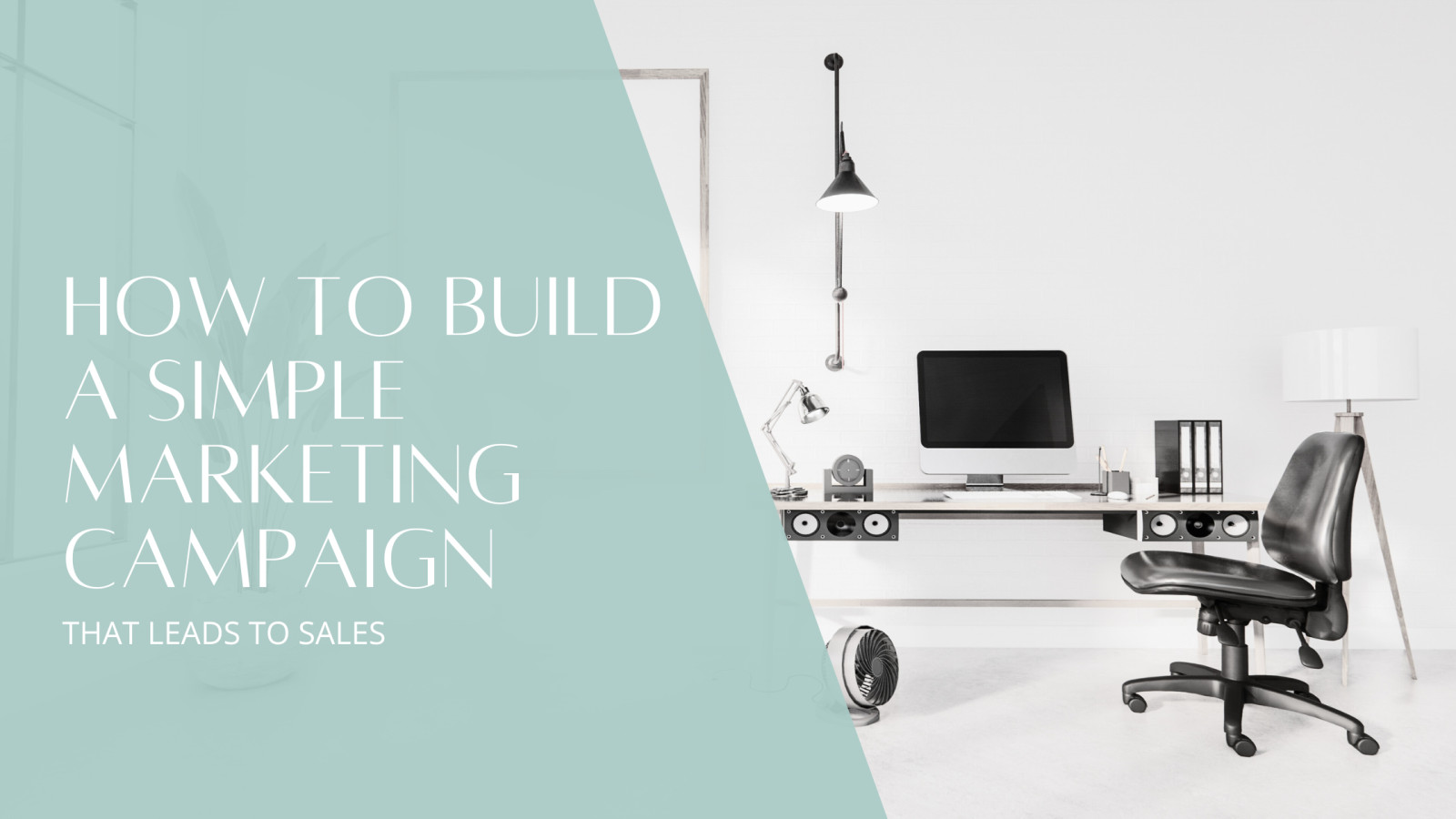
A step-by-step guide to turning your freebie into paying clients—without being pushy
You’ve created a freebie—your lead magnet.
You have a paid offer—your service, product, or course.
Now you’re wondering: How do I connect the dots and actually make sales?
You have a paid offer—your service, product, or course.
Now you’re wondering: How do I connect the dots and actually make sales?
This is where your marketing campaign comes in.
A marketing campaign is simply a plan that helps you lead someone on a clear journey—from discovering you, to getting value from your free offer, to seeing your paid offer as the next natural step.
In this post, I’ll break down what to include in a simple, beginner-friendly campaign that feels natural, helpful, and true to you.
What Is a Funnel, Really?
A funnel is just the path someone takes from:
- Finding out you exist
- Getting a taste of your value (usually through a freebie)
- Getting to know and trust you
- Choosing to buy from you
Your marketing campaign is what guides them through this funnel.
Think of it like a trail of stepping stones. You’re not dragging people to the sale—you’re gently walking them there, one clear step at a time.
The 5 Pieces You Need for a Simple, Effective Marketing Campaign
You don’t need to be everywhere or do everything. You just need a few key pieces working together.
Here’s what to include:
1. A Freebie That Solves a Real Problem
Your freebie (or lead magnet) should be:
- Easy to understand
- Quick to use
- Made for your ideal client
- Directly connected to your paid offer
Example:
If you’re a website designer for coaches, don’t offer a free social media planner. Offer a free checklist like:
“5 Website Fixes That Help Coaches Book More Clients”
If you’re a website designer for coaches, don’t offer a free social media planner. Offer a free checklist like:
“5 Website Fixes That Help Coaches Book More Clients”
That way, anyone who signs up is already thinking about websites—so it makes sense when you later offer web design services.
2. A Landing Page That Clearly Communicates the Freebie’s Value
Don’t just say “Download my free guide.” That’s too vague.
Instead, explain:
- Who it’s for
- What problem it helps with
- What they’ll learn
- How they’ll feel after using it
Your landing page should have one clear goal: get people to sign up.
Keep it simple. A headline, a few short paragraphs, and a signup form are enough.
3. A Welcome Email Series That Builds Trust
Once someone signs up, they should receive a series of 3–5 emails over the next few days.
The purpose of this email sequence is to:
- Deliver the freebie
- Share a bit about you and your story
- Give helpful tips related to the freebie topic
- Introduce your paid offer
This doesn’t need to feel like a sales pitch. Just focus on helping, connecting, and showing that your paid offer is the next best step.
Example structure:
- Email 1: Deliver the freebie and thank them
- Email 2: Tell a story about why you created it or a problem you faced
- Email 3: Share a helpful tip or lesson related to the topic
- Email 4: Show them what’s possible with more support—and introduce your offer
- Email 5: Answer common questions or address hesitations
4. Clear Messaging Around Your Paid Offer
If your freebie is the starting point, your paid offer is the destination.
So make sure your marketing campaign explains:
- What the offer is
- Who it’s for
- What result it helps them get
- Why it’s worth paying for
- How to take the next step
Make this clear on your sales page, in your emails, and even in your social media posts.
Avoid vague language like “Check out my program.”
Instead, say something like:
“If you’re ready to go from website confusion to total clarity, my Website in a Week package will walk you through it, step by step.”
Instead, say something like:
“If you’re ready to go from website confusion to total clarity, my Website in a Week package will walk you through it, step by step.”
5. Ongoing Content That Supports the Journey
Once your emails go out, keep showing up. The more value and consistency you offer, the more trust you build.
Create ongoing content that:
- Educates (how-to posts, tips, tutorials)
- Inspires (stories, mindset shifts)
- Promotes (invites to book or buy)
This could be a weekly email, blog post, Instagram caption, or video. Choose one or two platforms to start.
Make sure your content keeps pointing back to your freebie and your offer.
Example:
You write a blog post titled “Why Your Website Isn’t Booking Clients”—and link to both your free checklist and your paid web design service.
You write a blog post titled “Why Your Website Isn’t Booking Clients”—and link to both your free checklist and your paid web design service.
The Key: One Message, Many Places
The best campaigns are focused. They center around one topic and speak to one type of person.
Here’s how that might look:
- Your freebie: “The Beginner’s Website Checklist”
- Your blog post: “3 Things That Are Probably Missing from Your Website”
- Your social post: “Struggling to write your homepage? Here’s a quick fix.”
- Your offer: “Website in a Week for new entrepreneurs who want to launch with confidence”
Everything ties together. It feels natural, not random. And your audience starts to understand:
“This person gets me—and they can help.”
“This person gets me—and they can help.”
Final Thoughts: A Funnel Is Just a Relationship
Don’t overthink it. A funnel is really just a path of trust.
You’re saying:
- “Here’s something free that will help you.”
- “Here’s more support if you want to go further.”
- “Here’s how to work with me when you’re ready.”
Start with one clear campaign. Build it slowly. You don’t have to be perfect—you just have to be clear and consistent.
Because when people feel seen, helped, and understood, they want to keep going with you.
And that’s what makes a funnel work.
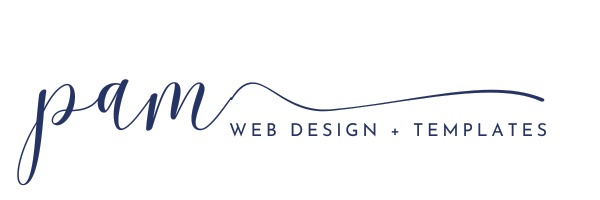


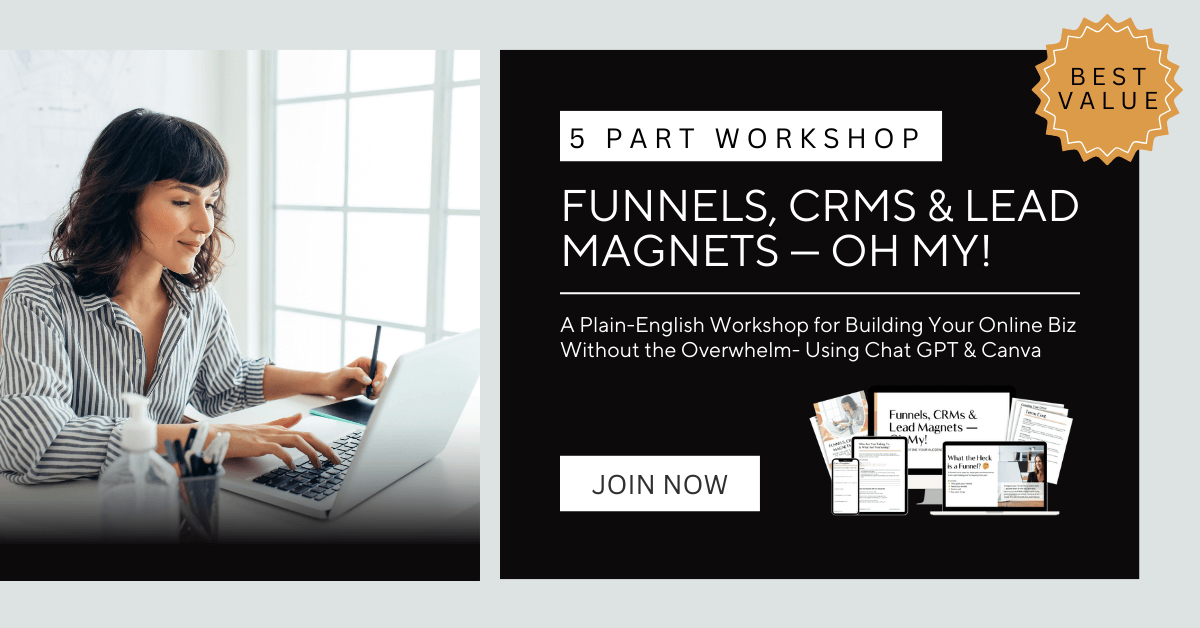
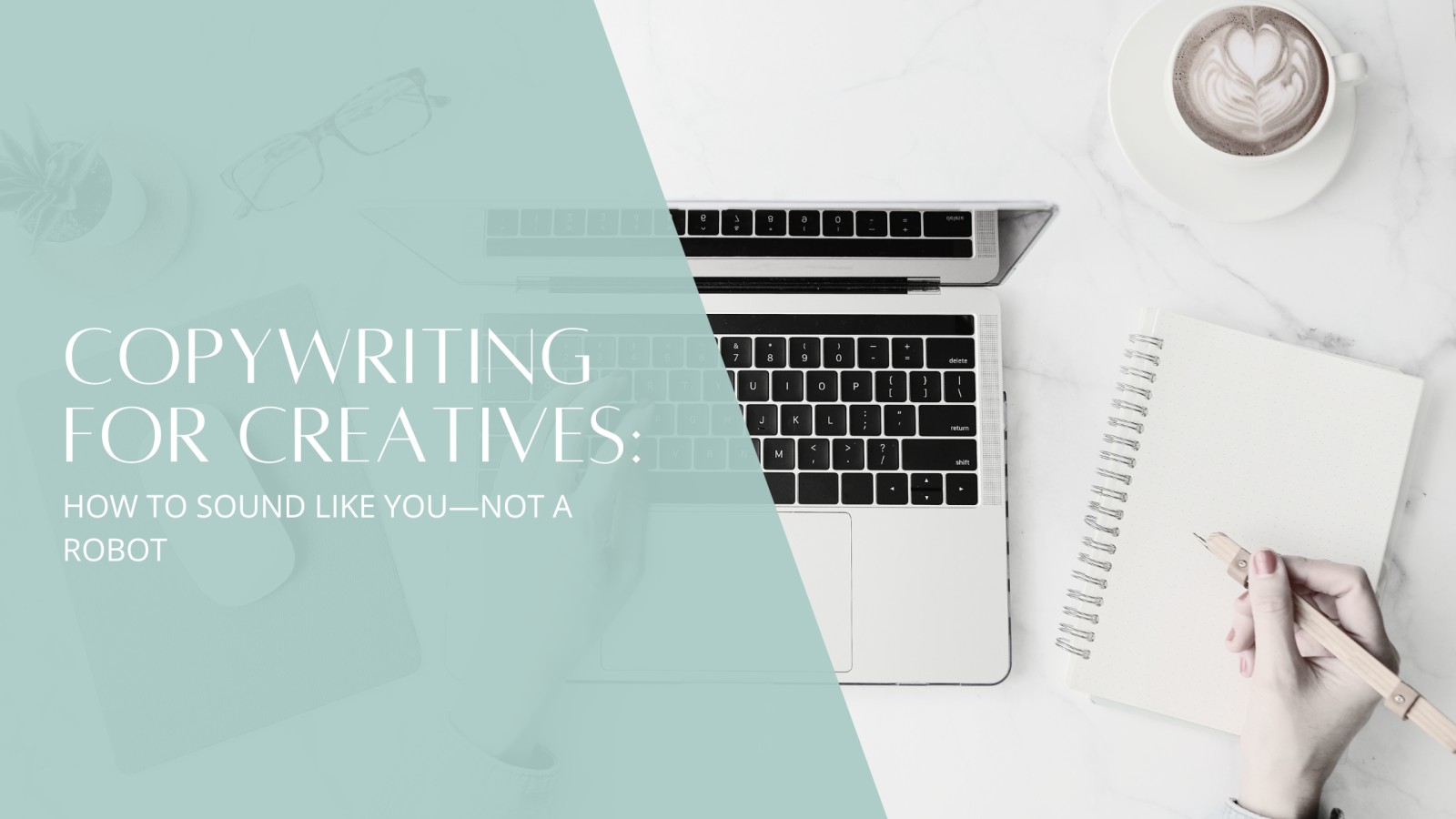
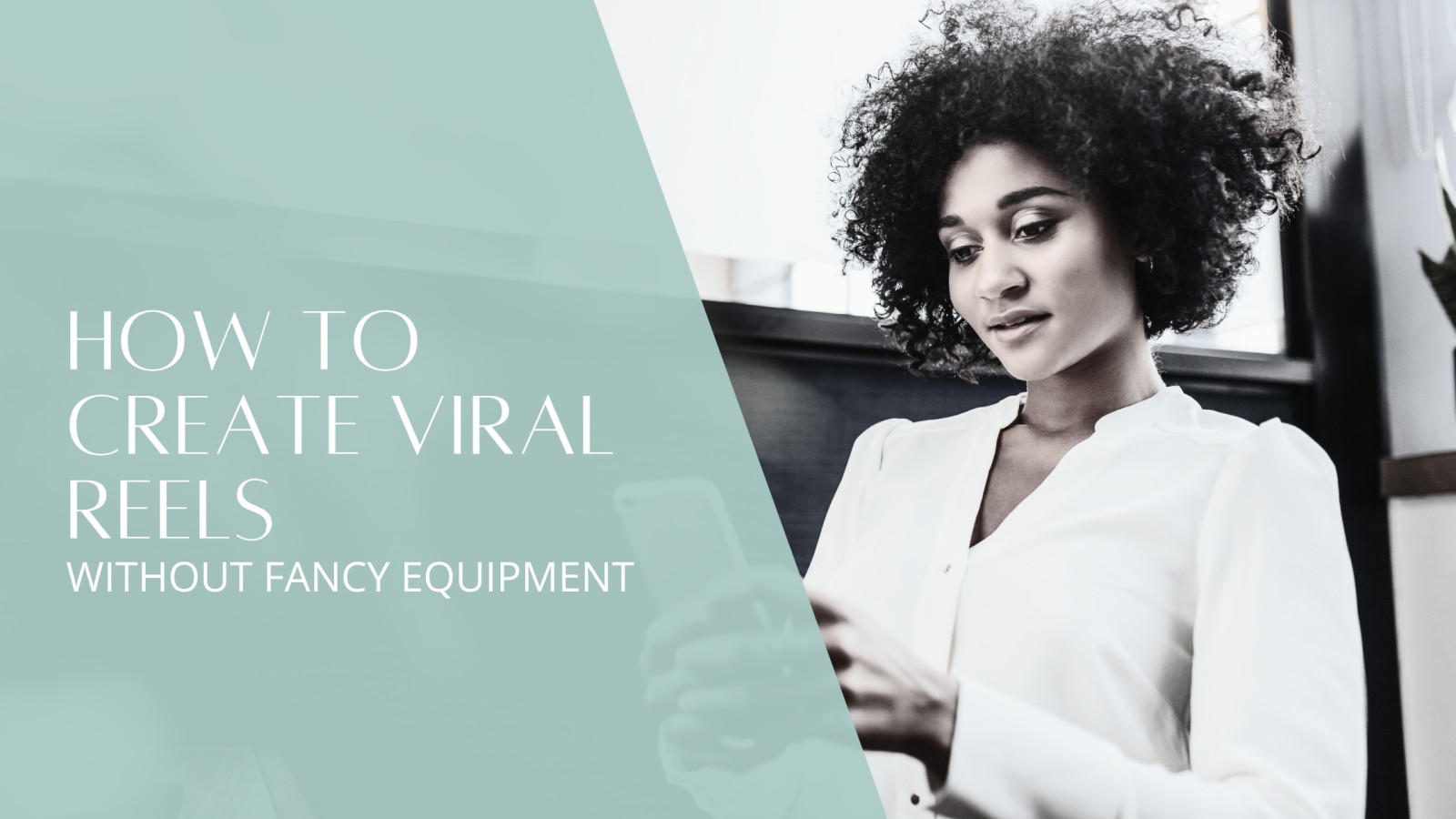
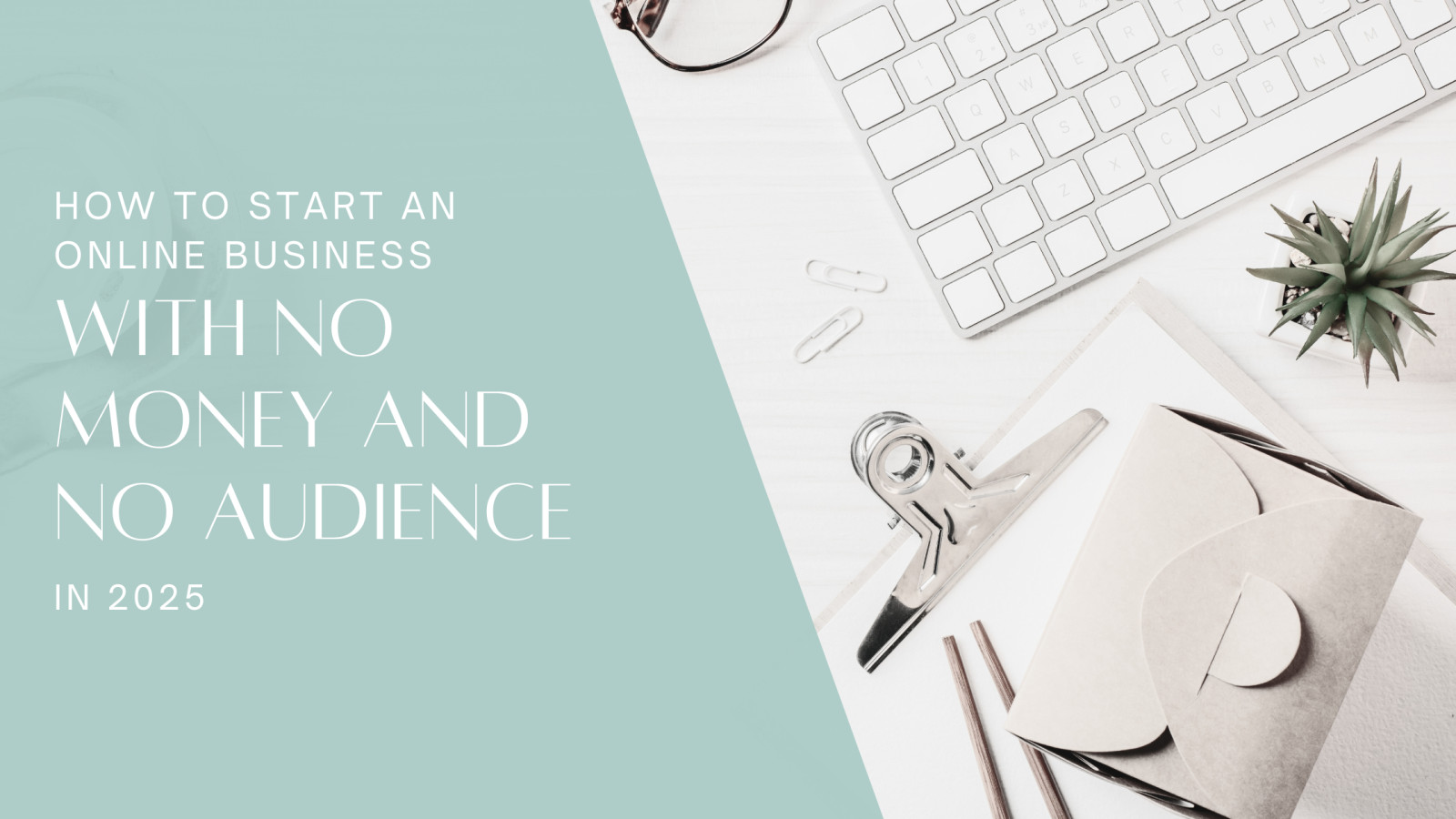
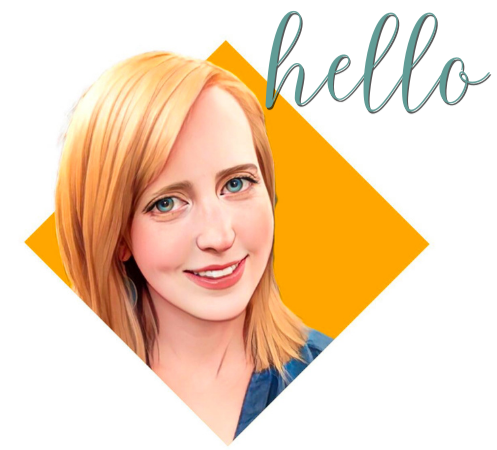
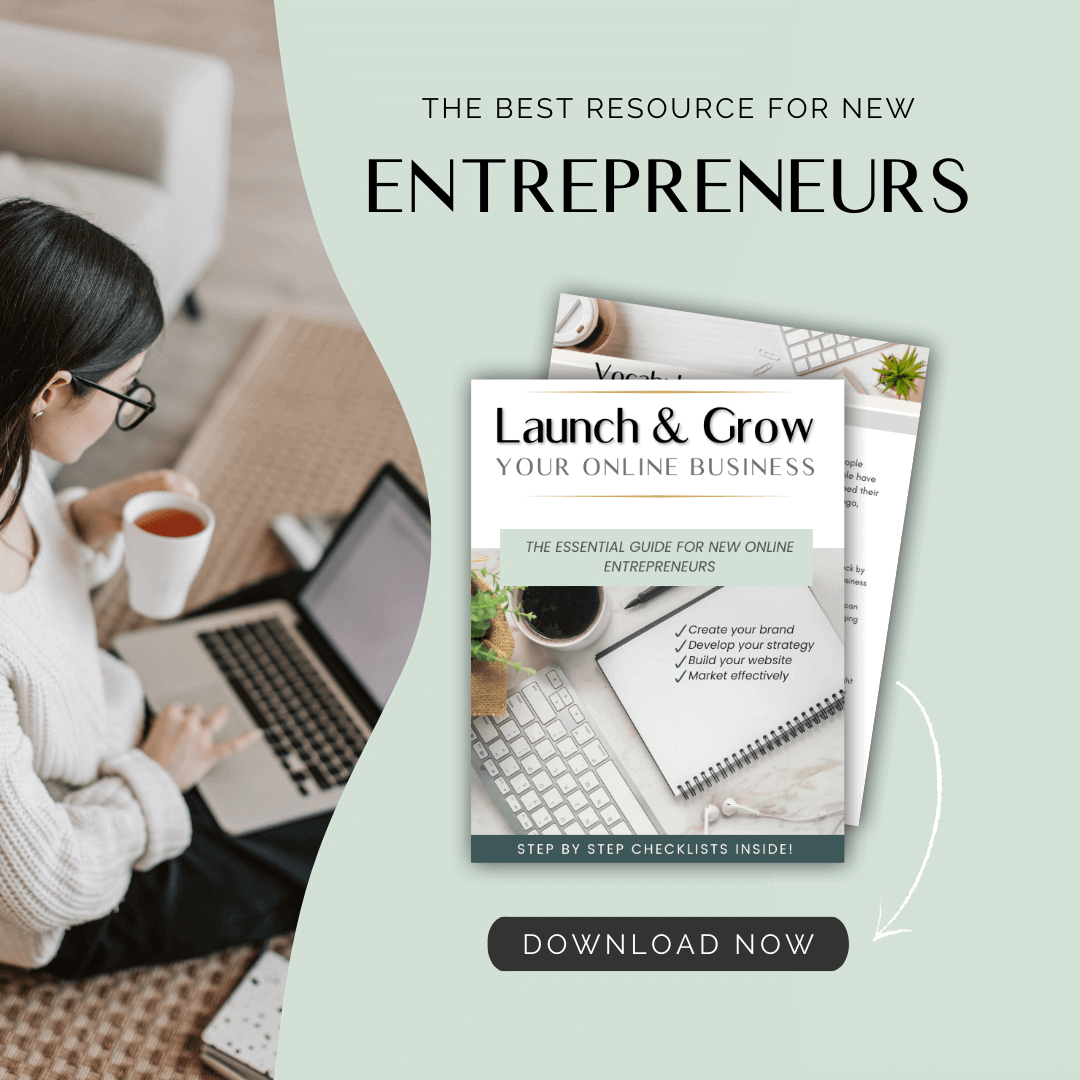
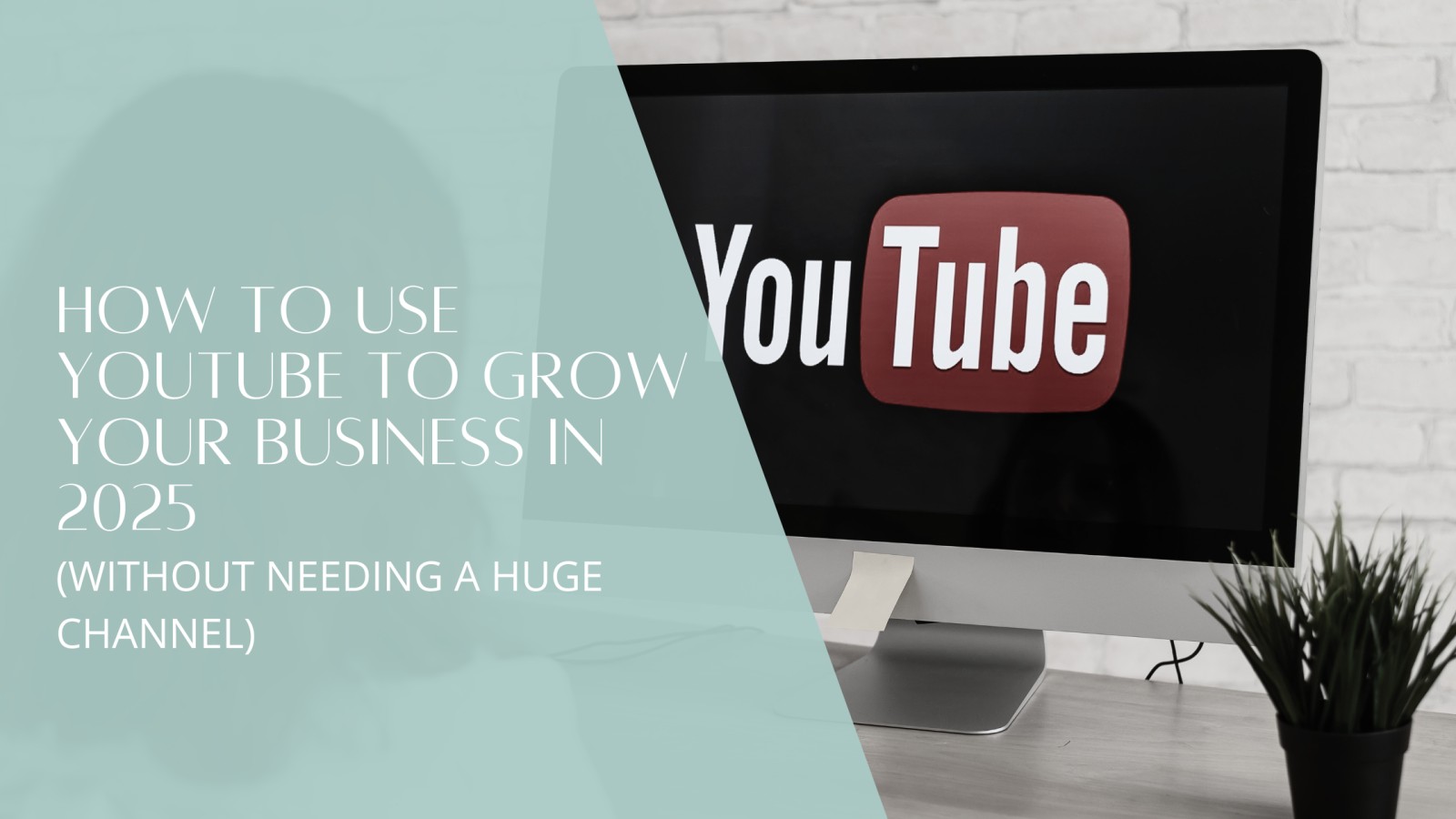
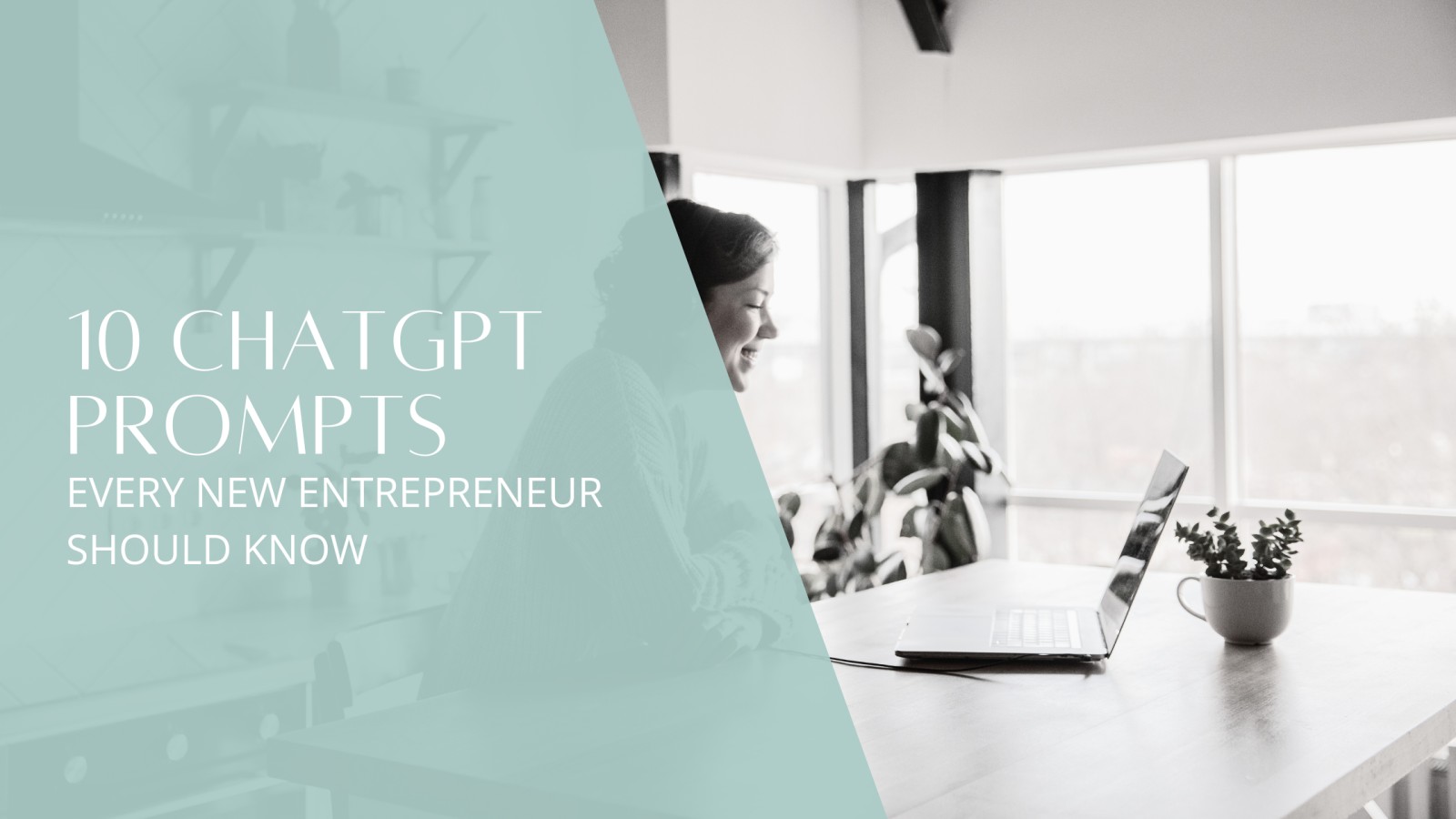
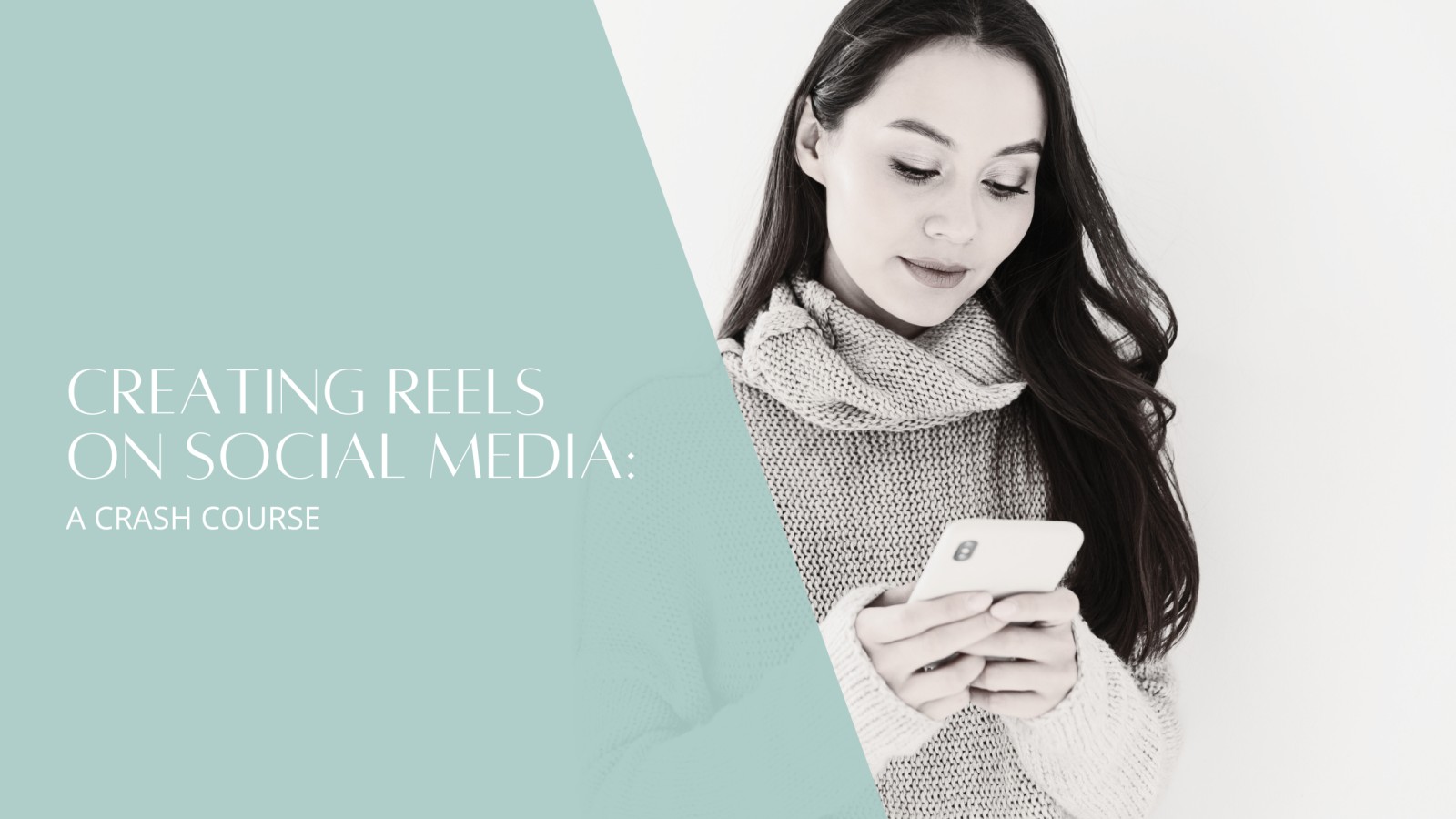
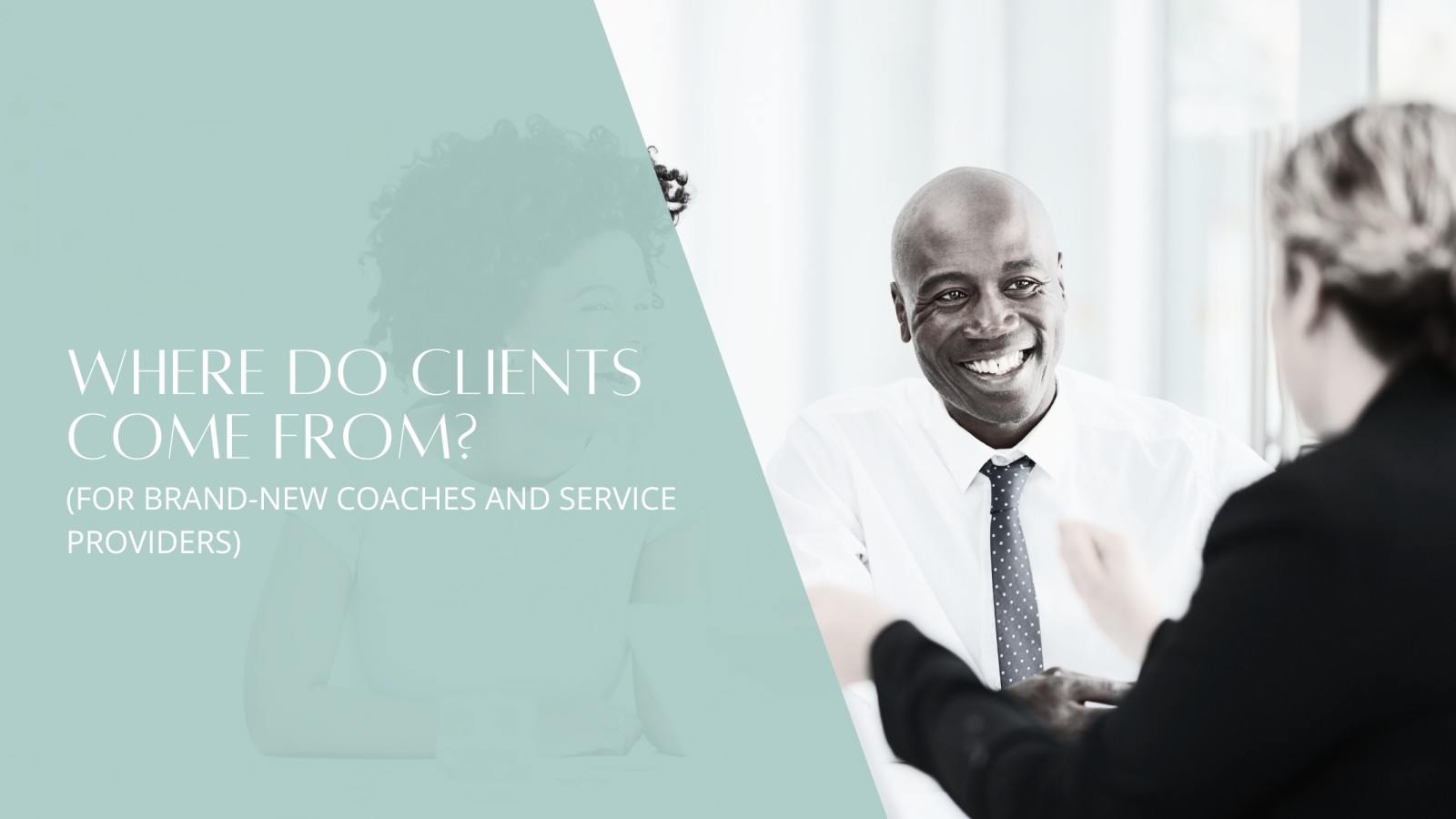
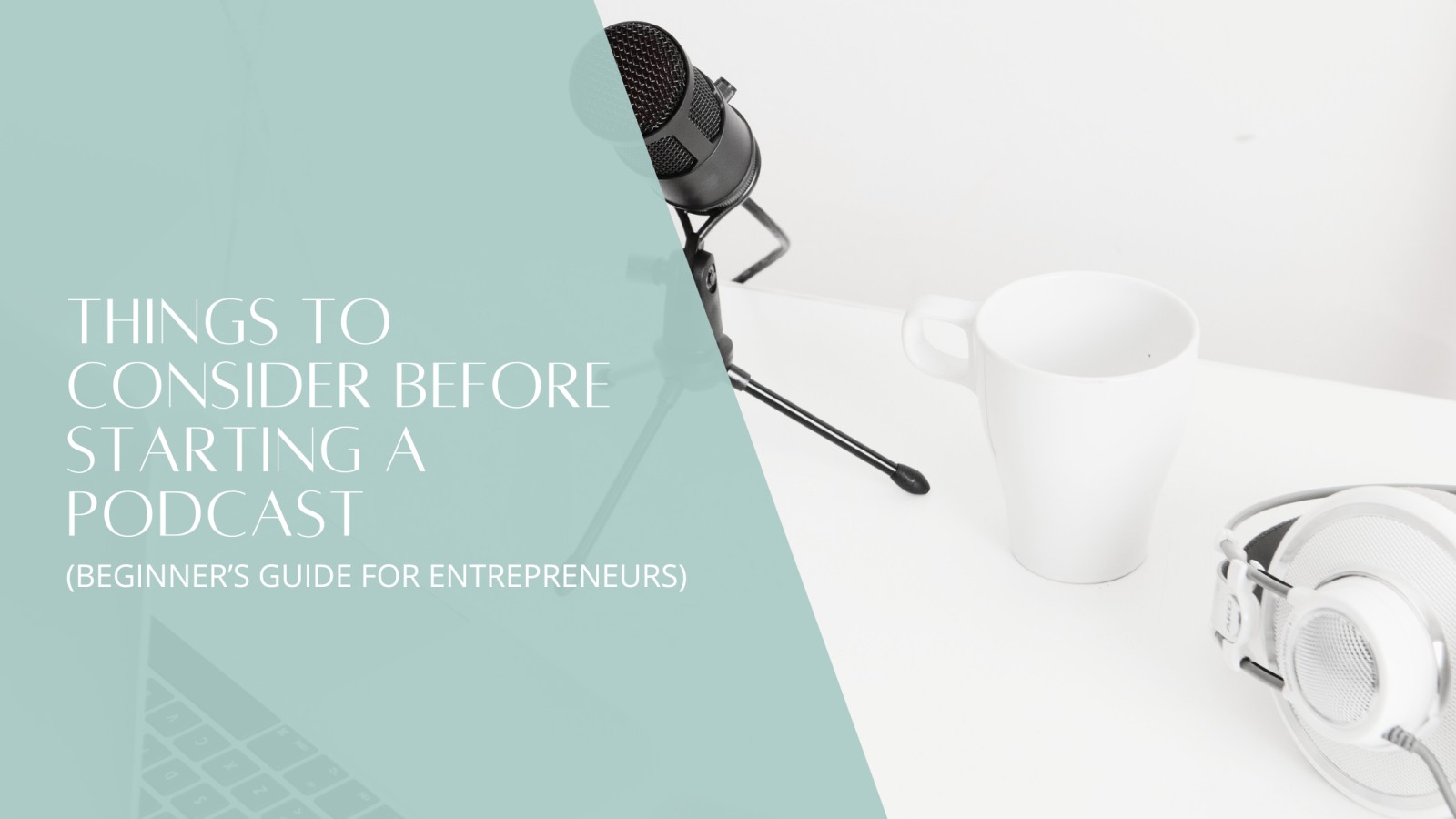
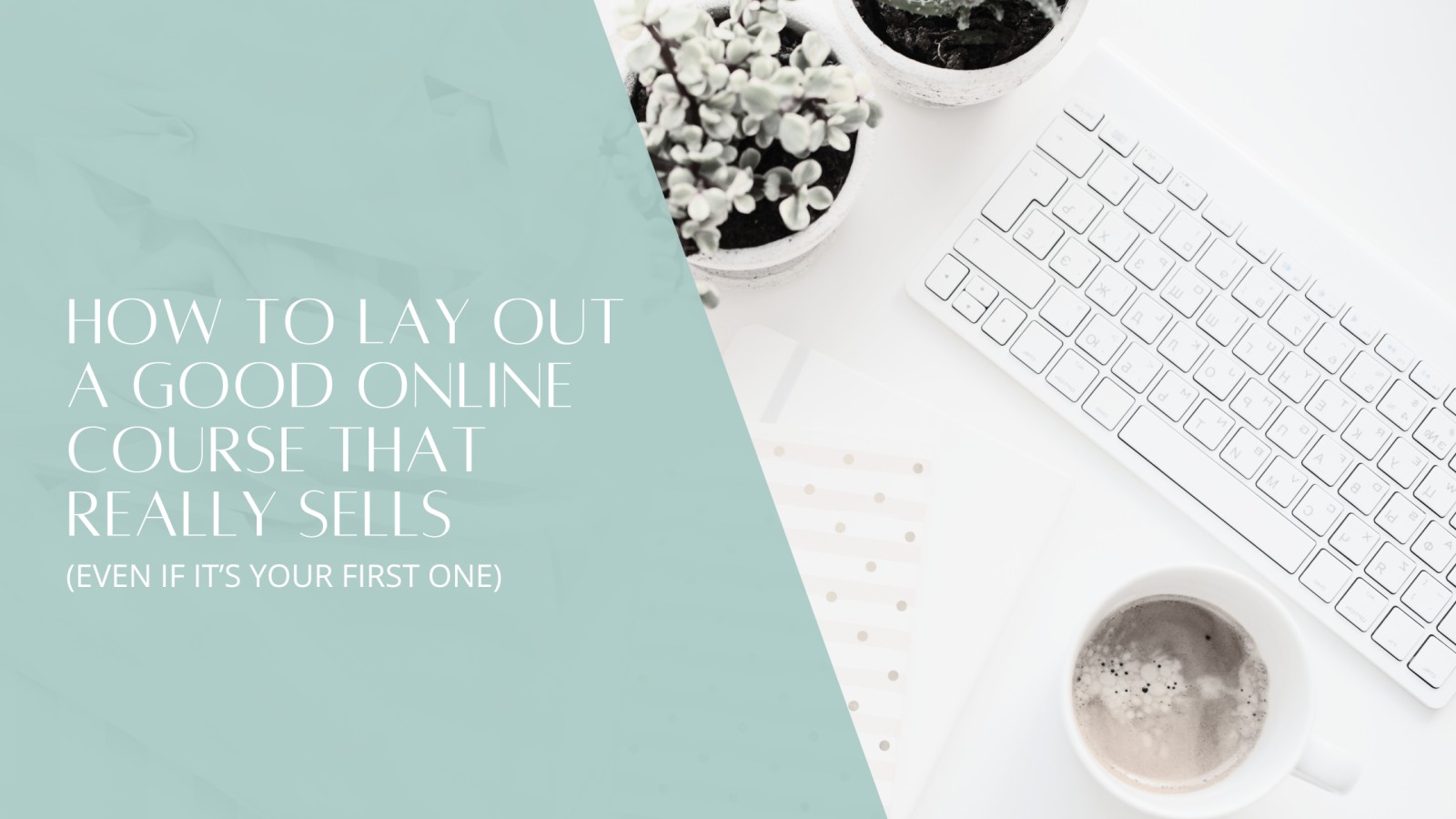
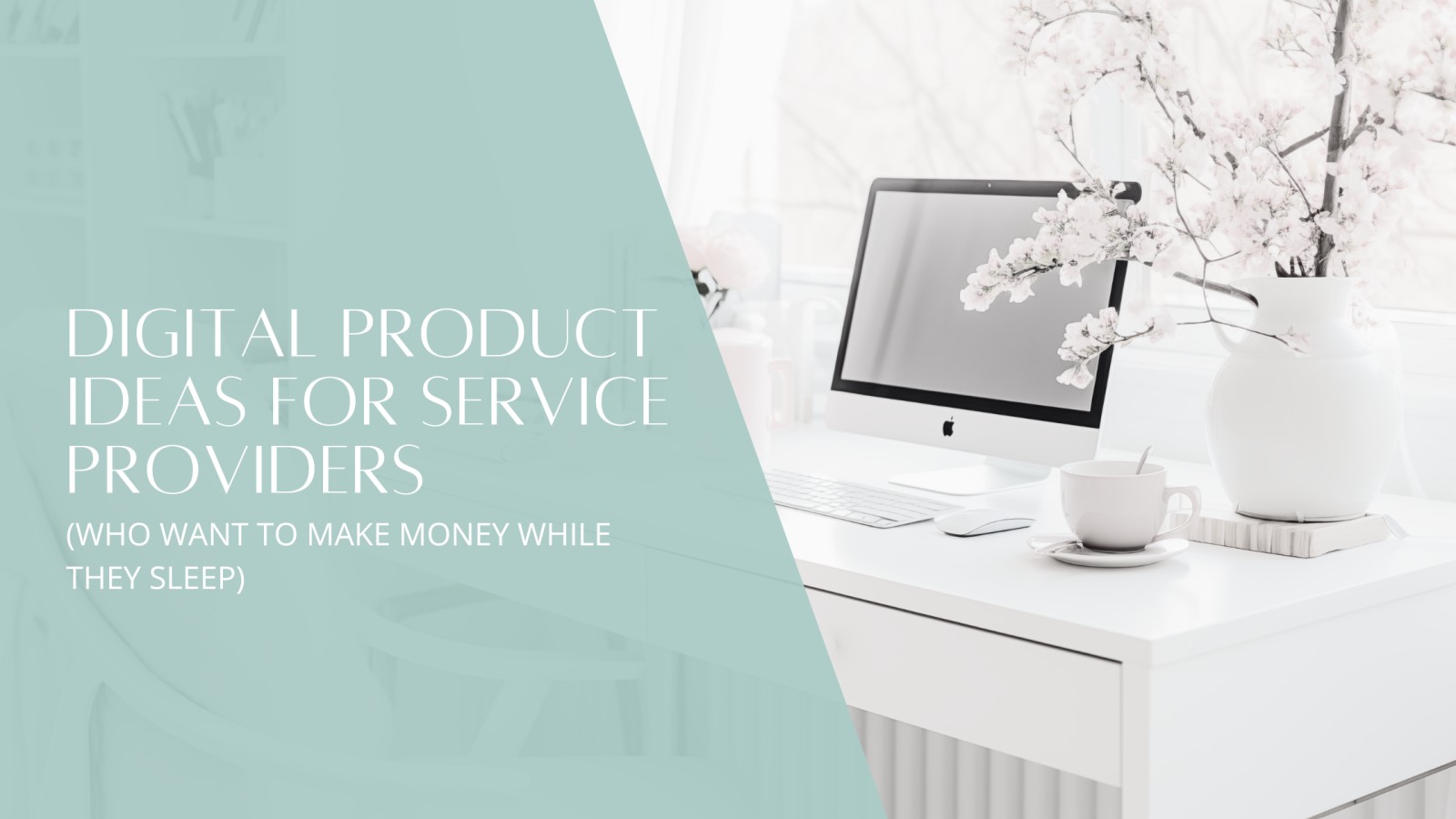
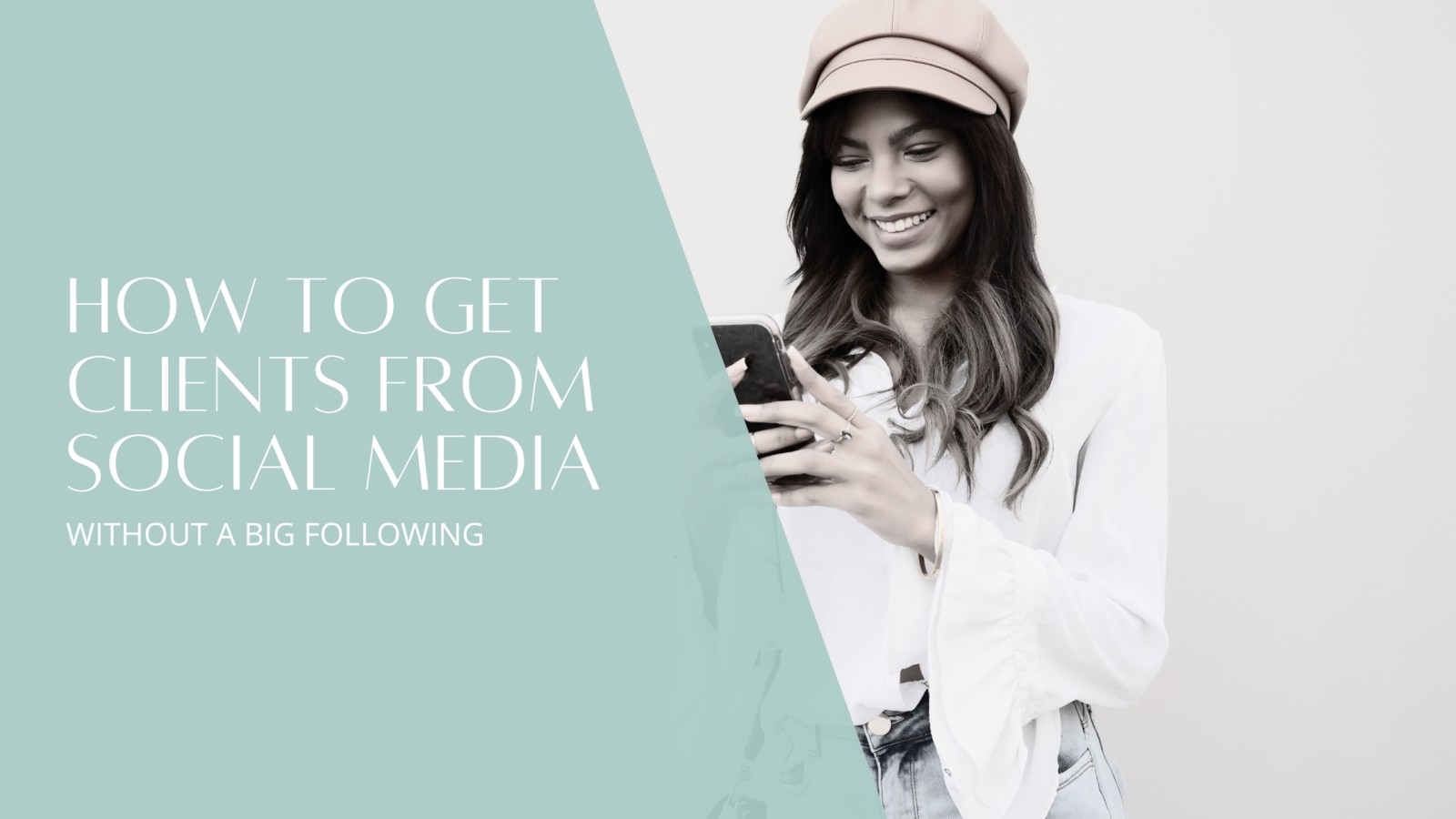
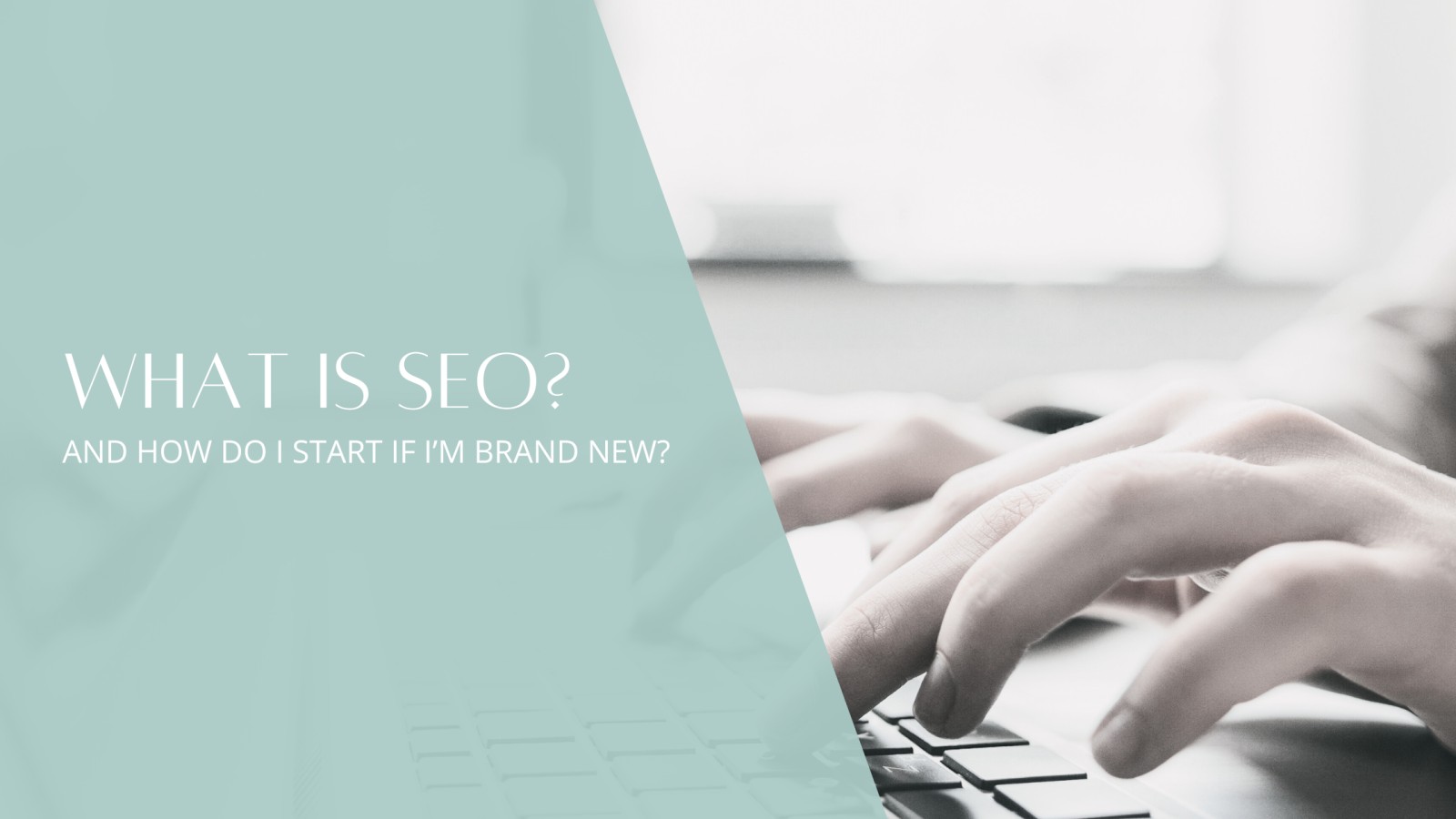
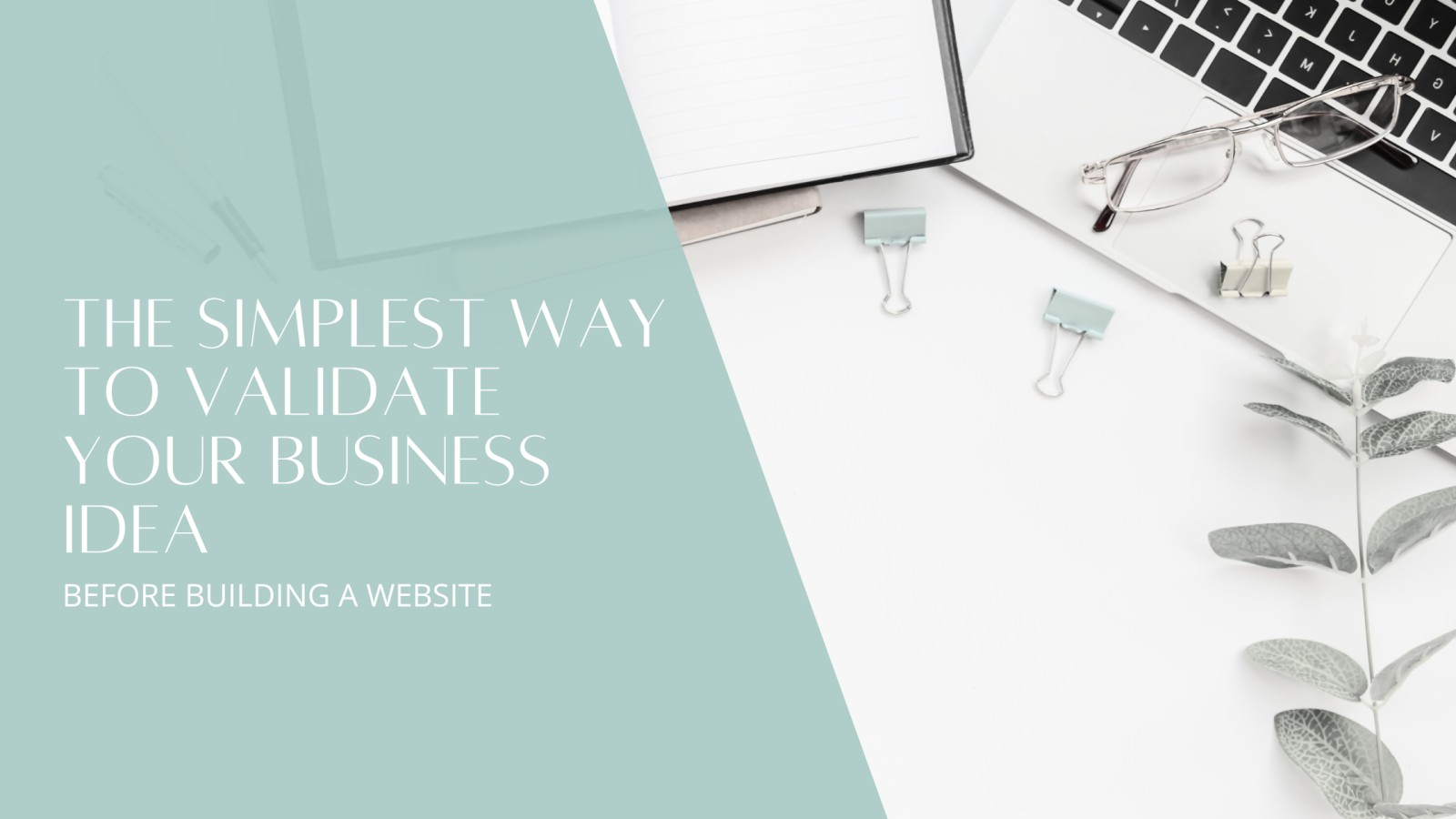
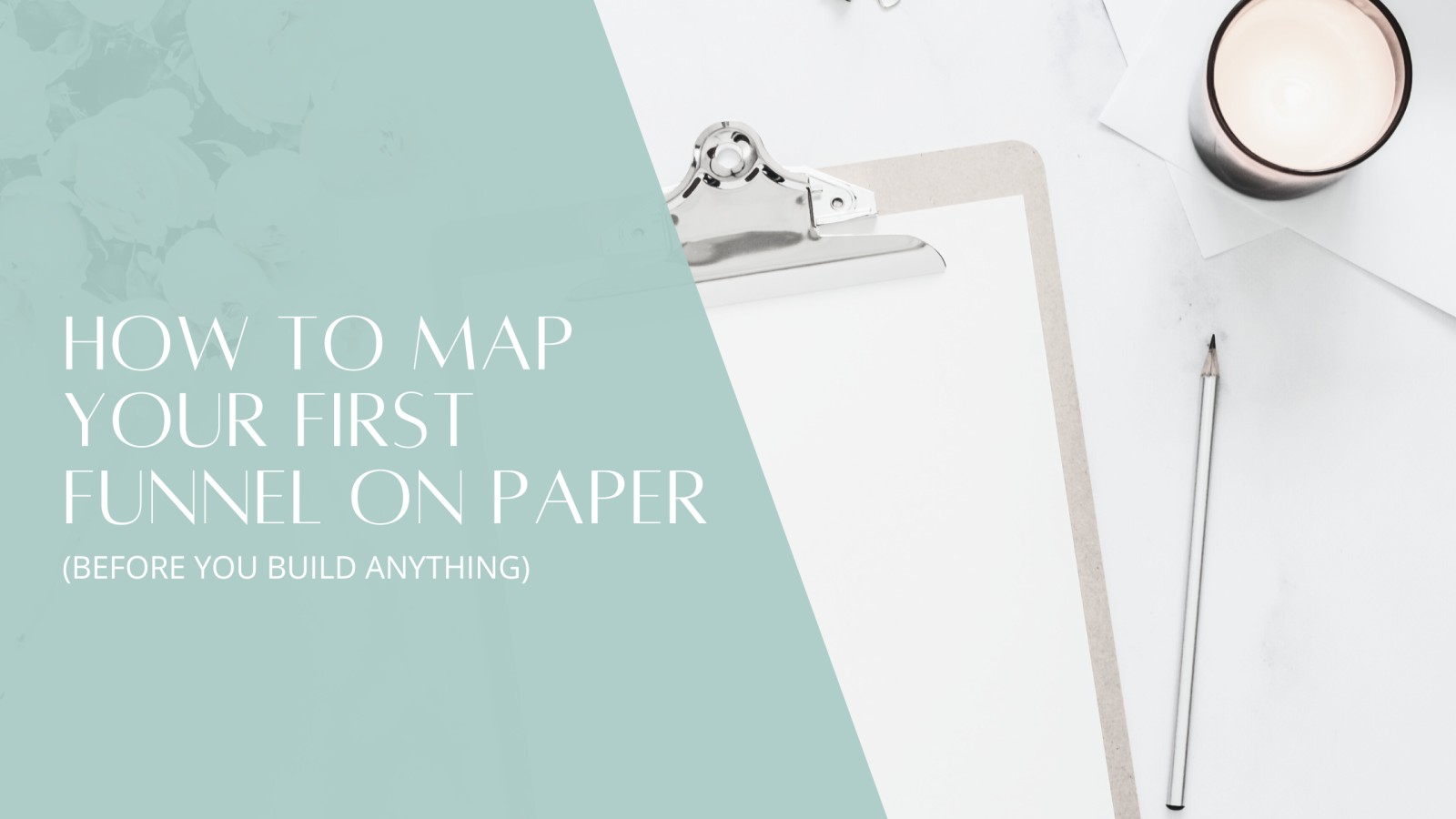
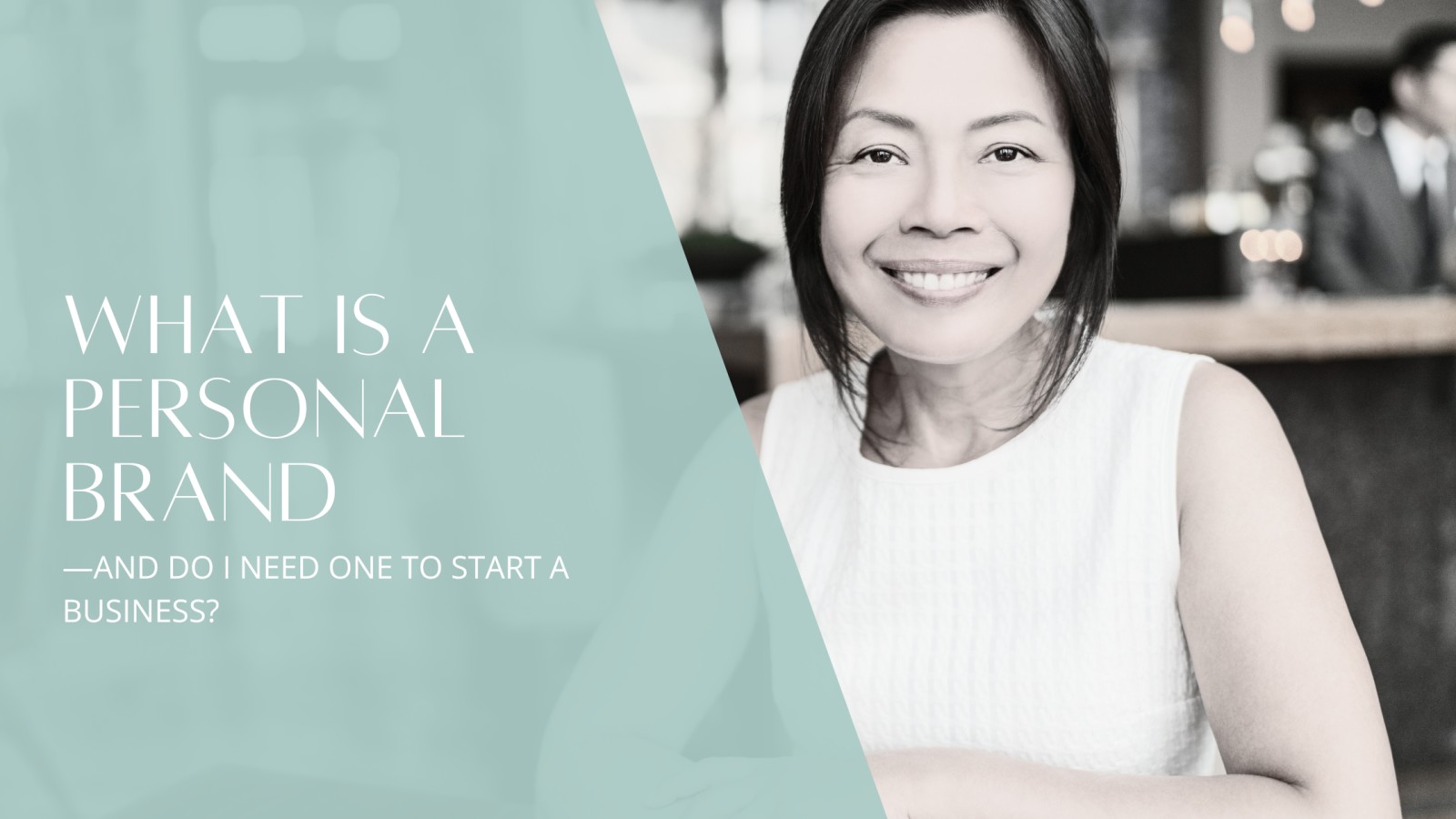
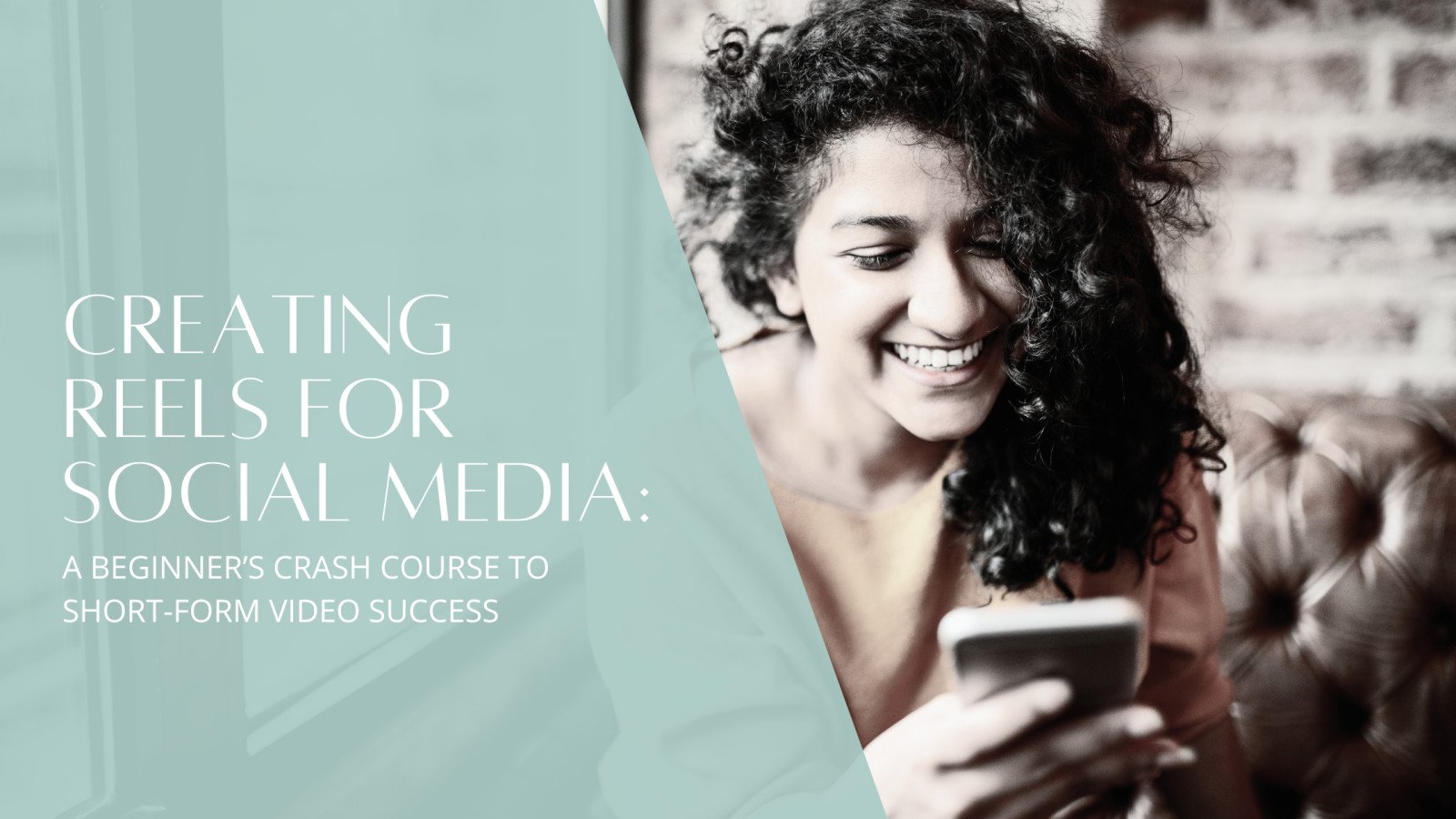
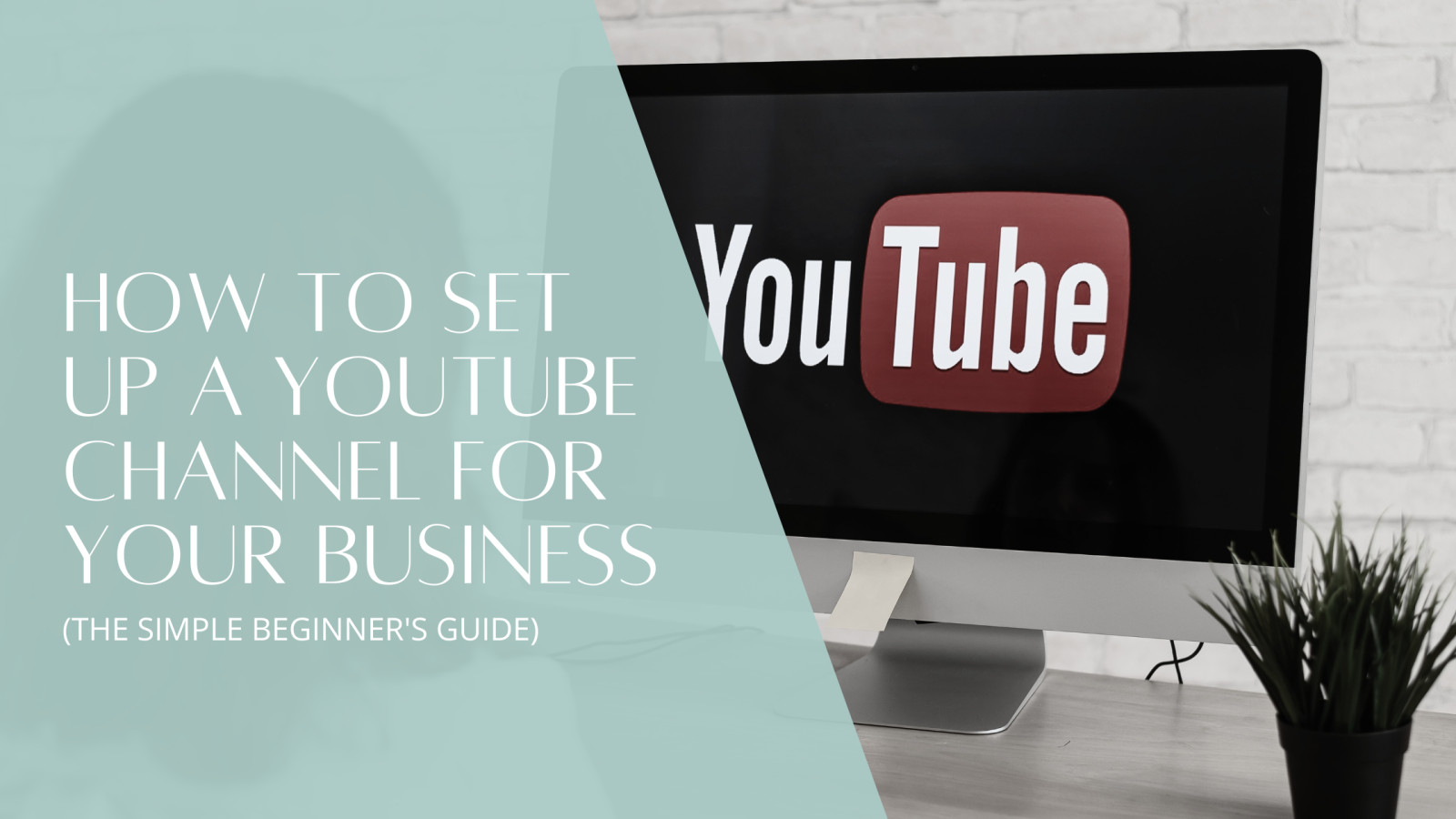
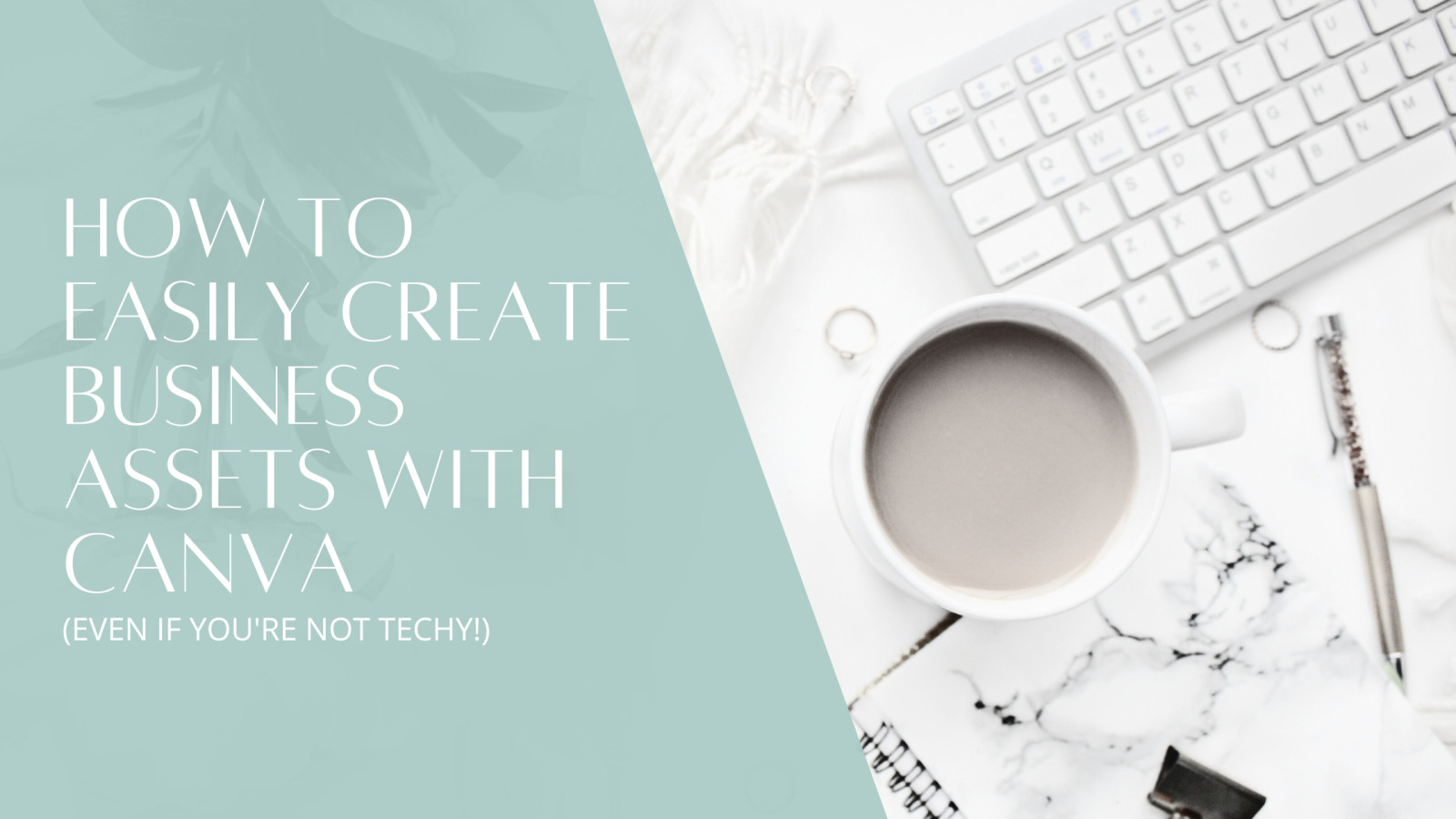
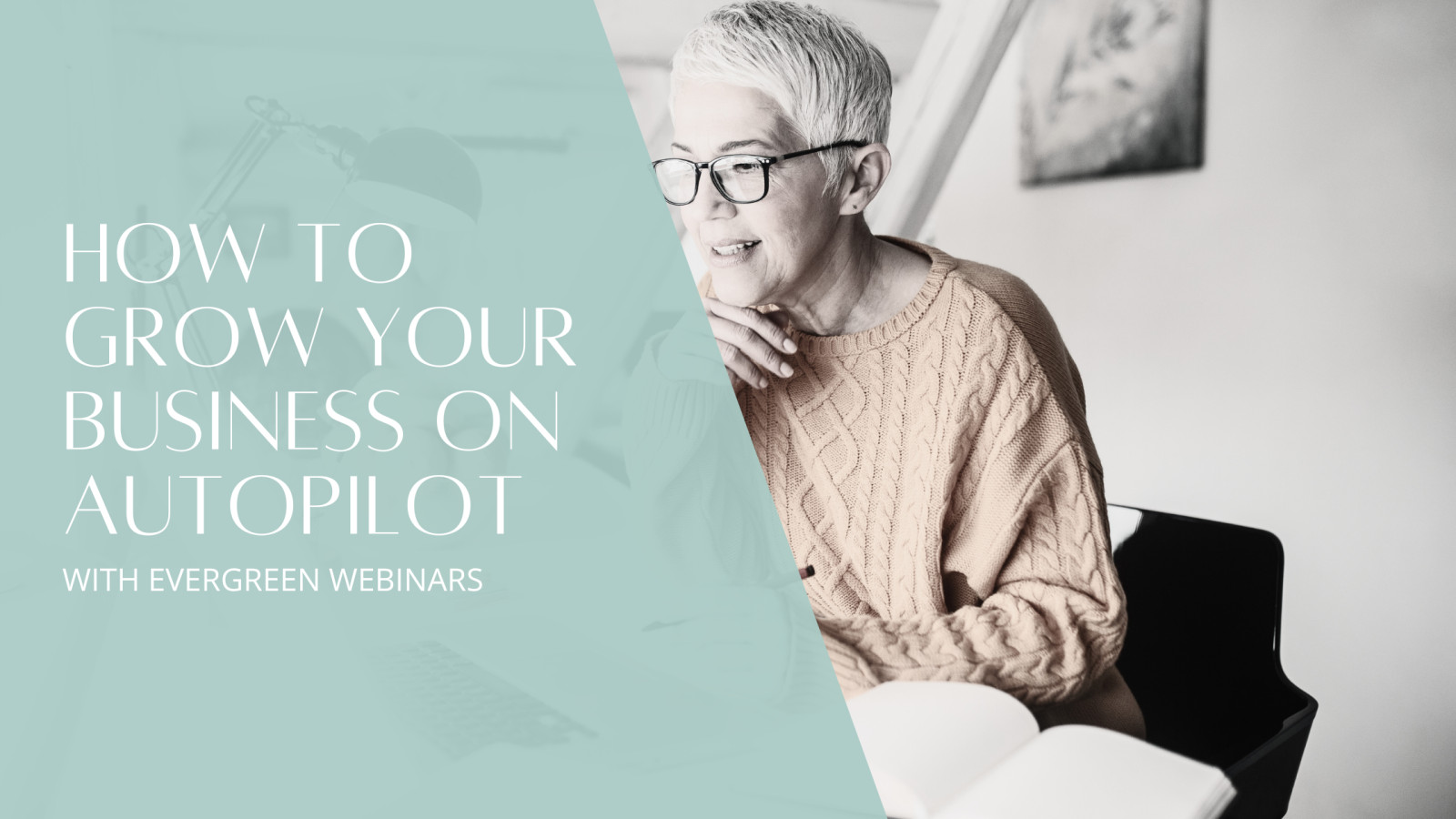
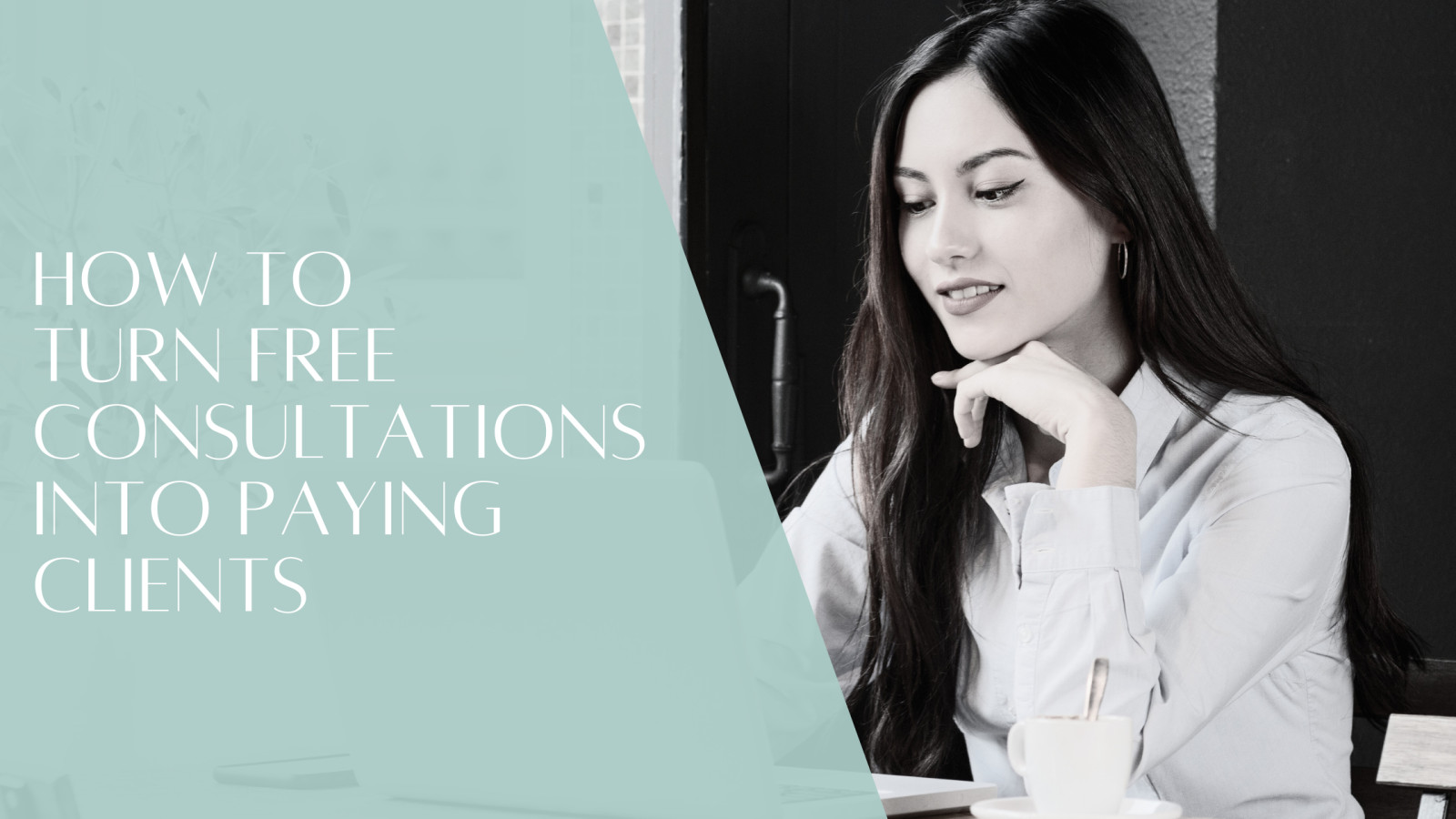
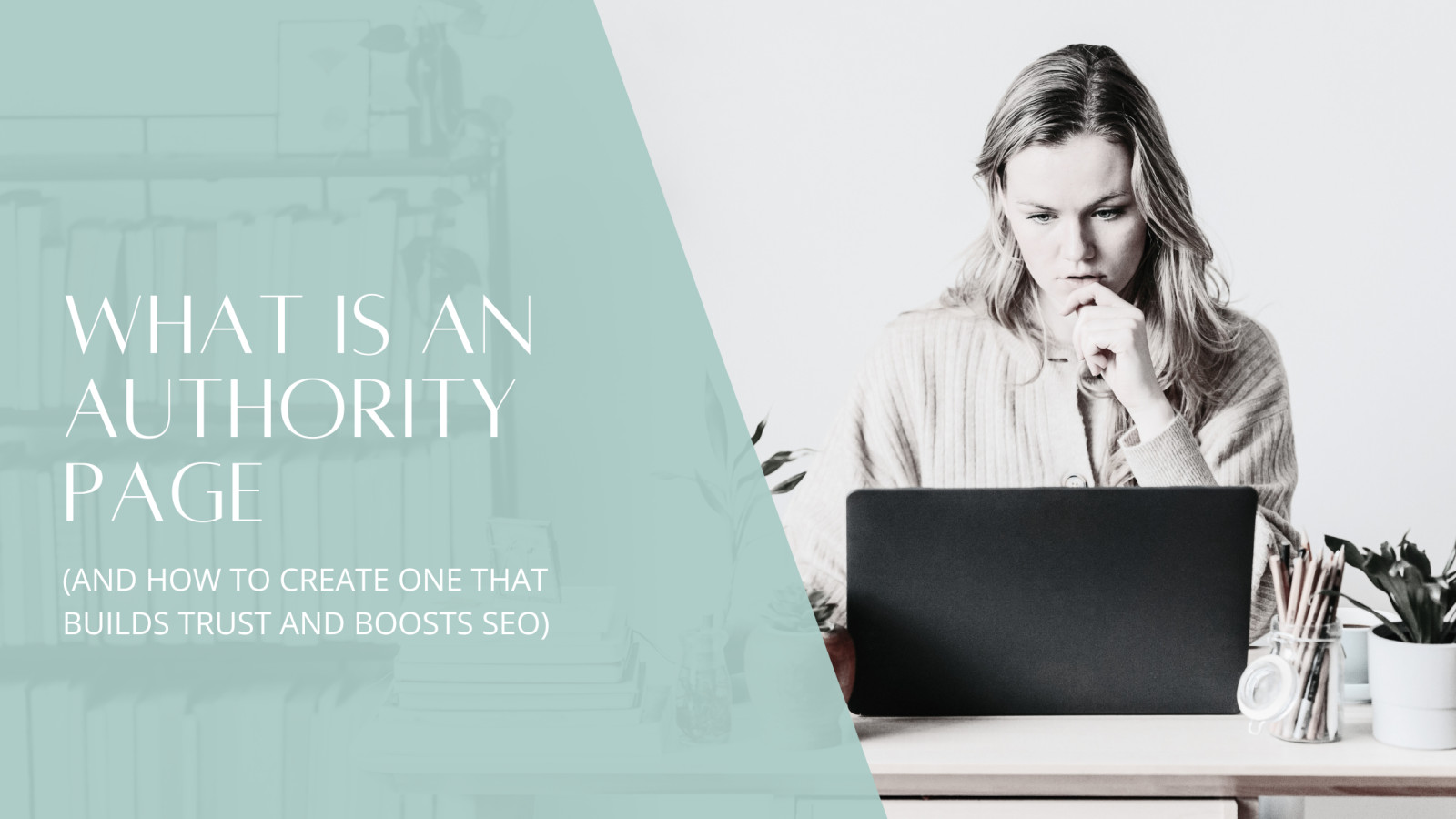


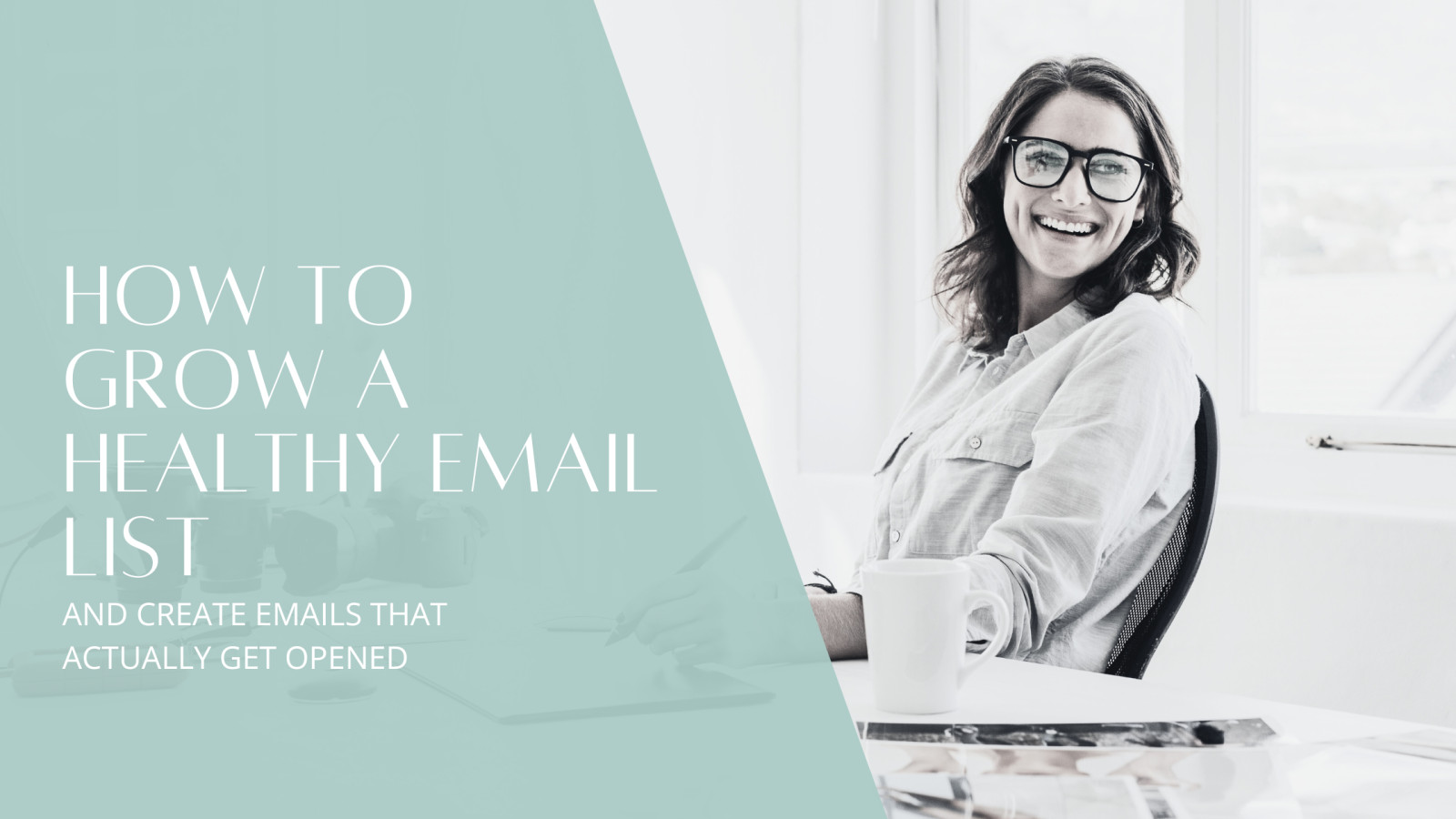




0 Comments